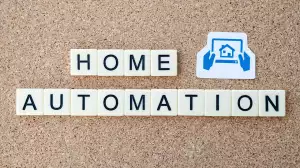Unlock Your Home's Potential with www.google.com/home
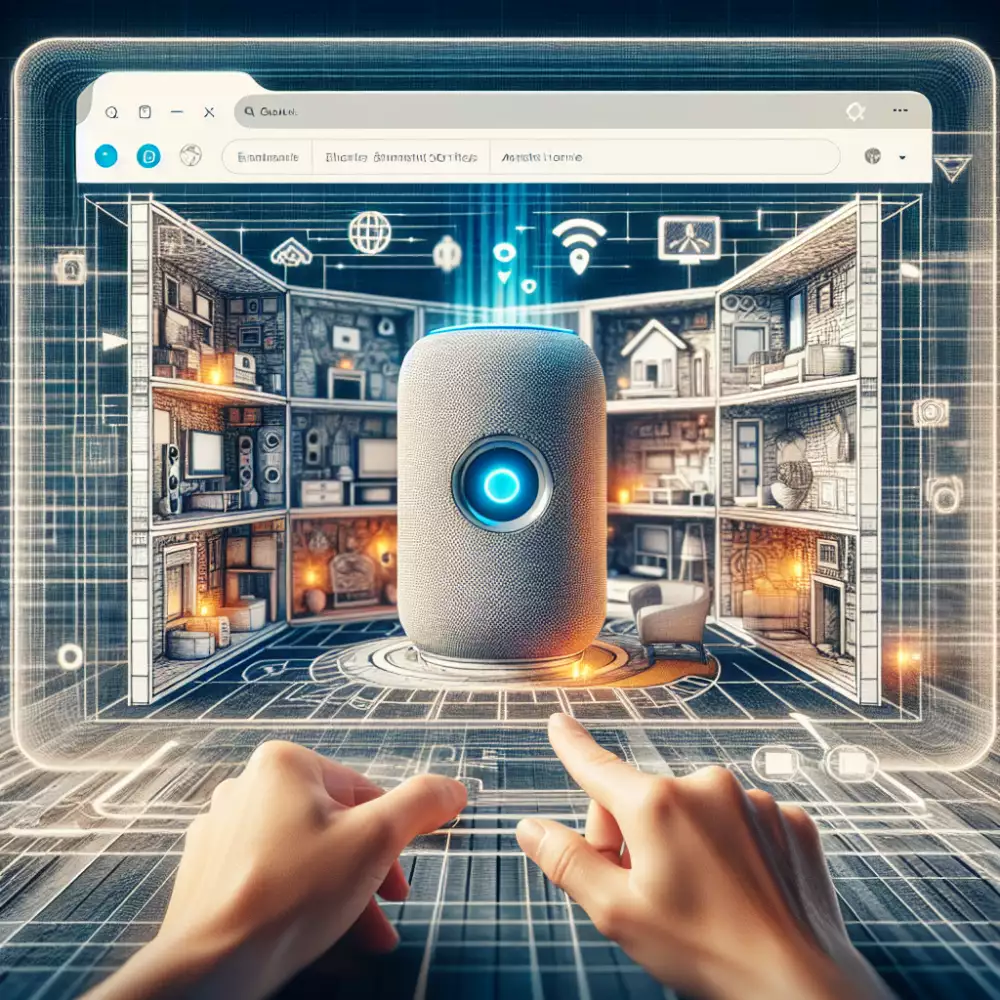
- Voice Recognition Technology
- Natural Language Processing
- Far-Field Microphone Array
- Speaker and Audio Technology
- Wi-Fi and Network Connectivity
- Smart Home Integration
- Google Assistant Integration
- Third-Party App Support
- Privacy and Security Features
- Continuous Software Updates
- Accessibility Features
- Future of Google Home Technology
Voice Recognition Technology
At the heart of Google Home's intuitive design lies its sophisticated voice recognition technology. This allows you to control your smart home devices, get information, and manage your day, all with simple voice commands. Powered by the Google Assistant, Google Home can understand the nuances of human speech, including different accents and inflections. This means you can speak naturally, just as you would to a friend, and Google Home will understand and respond accordingly. Whether you're asking for the latest news, setting a timer, or playing your favorite music, Google Home's voice recognition makes it effortless to interact with your smart home. This technology is constantly learning and improving, meaning your Google Home gets even better at understanding you over time.
Natural Language Processing
At the heart of Google Home's impressive capabilities lies Natural Language Processing or NLP. This branch of Artificial Intelligence empowers Google Home to understand, interpret, and respond to your spoken commands and questions. Imagine asking your Google Home, "Hey Google, what's the weather like today?" NLP is what allows your smart speaker to decipher your words, recognize that you're asking about the current weather conditions, and provide you with an accurate and relevant response.
NLP enables Google Home to handle a wide range of linguistic nuances, including different accents, dialects, and speaking styles. It can even understand incomplete sentences and colloquialisms, making interactions feel natural and intuitive. This sophisticated technology allows you to control your smart home devices, play music, set reminders, get answers to your questions, and much more, all through the power of your voice. From understanding the context of your requests to identifying the intent behind your words, NLP is the invisible force that makes Google Home such a powerful and versatile tool.
Far-Field Microphone Array
A far-field microphone array is a crucial component of Google Home, enabling it to hear your voice commands from a distance, even in noisy environments. Unlike traditional microphones that work best up close, this technology uses multiple microphones strategically positioned around the device. These microphones work together to capture sound waves from various directions. By analyzing the subtle differences in timing and intensity of the sound reaching each microphone, Google Home can pinpoint the direction and source of your voice. This allows it to effectively filter out unwanted noise, such as music playing in the background or conversations happening in other parts of the room. The far-field microphone array is what allows you to interact with Google Home naturally, without having to be right next to the device. You can ask it to play music, set alarms, control smart home devices, and much more, all from a comfortable distance. This technology is a key factor in making Google Home an intuitive and user-friendly smart speaker.
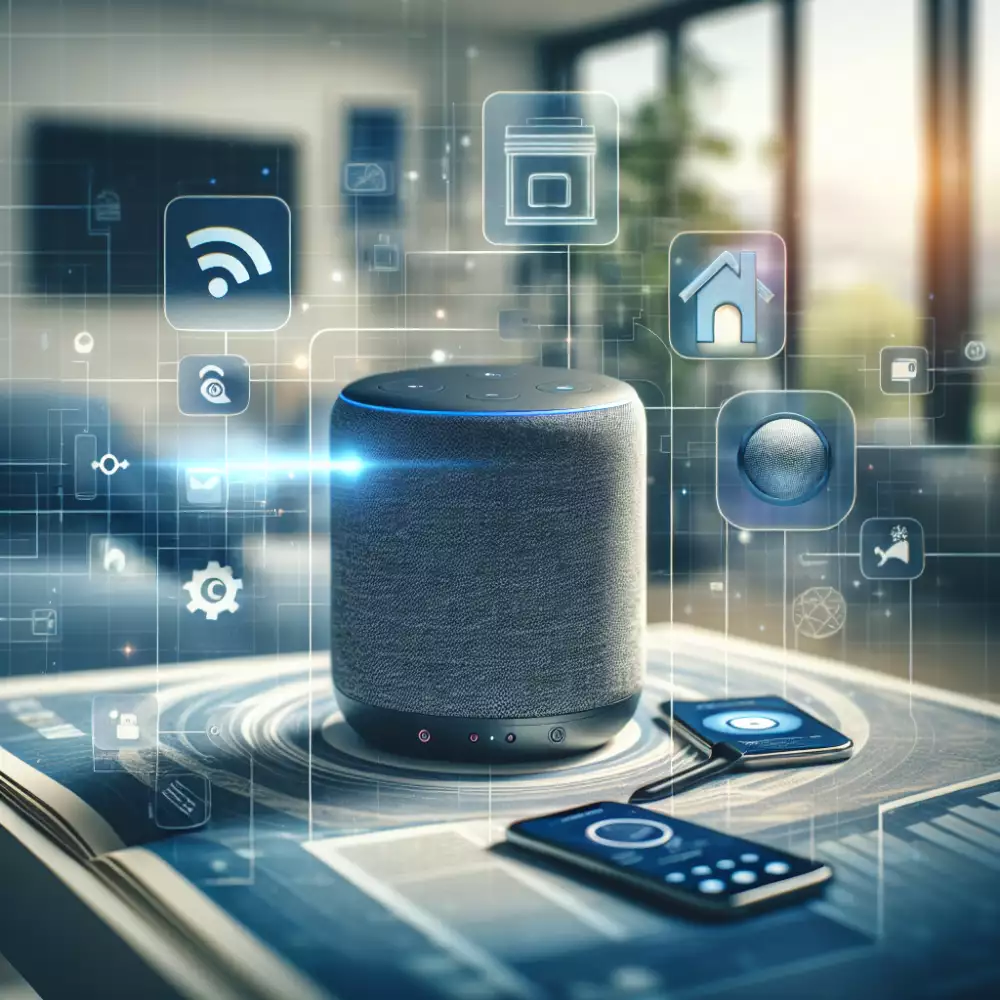
Speaker and Audio Technology
Google Home speakers are equipped with far-field microphones designed to pick up your voice commands from across the room, even in noisy environments. These microphones are always listening for the "Hey Google" or "Ok Google" wake words, but rest assured, Google takes privacy seriously. Voice processing is primarily done on device, and you can always delete your voice activity data.
The speakers themselves are engineered for rich, clear audio. Whether you're listening to music, podcasts, or audiobooks, Google Home devices deliver impressive sound quality. Many models also support features like stereo pairing and multi-room audio, allowing you to create an immersive listening experience throughout your home. Plus, with Google Assistant built-in, you can control your music with just your voice.
Wi-Fi and Network Connectivity
For your Google Home to work its magic, it needs a strong Wi-Fi connection. Think of it like oxygen for your smart speaker. A Google Home speaker connects to the internet using your home's Wi-Fi network. It doesn't have a built-in cellular connection. During the setup process, you'll use the Google Home app (available on iOS and Android) to connect your speaker to your Wi-Fi network. Make sure your Wi-Fi network is up to speed for the best performance. Google Home devices work best with a stable 2.4GHz or 5GHz Wi-Fi connection. If you have a dual-band router, you can often choose which frequency to use. A weak Wi-Fi signal can lead to:
Slow response times
Buffering issues with music
Difficulty understanding your commands
If you're experiencing connectivity issues, try these tips:
Move your Google Home closer to your Wi-Fi router.
Reduce the number of devices using your Wi-Fi network simultaneously.
Consider upgrading your internet plan for faster speeds.
Restart your Google Home and your router.
Smart Home Integration
Smart home integration is a key feature of Google Home. With Google Home, you can use your voice to control a wide range of smart home devices, such as lights, thermostats, and security cameras. Google Home is compatible with thousands of devices from hundreds of brands. You can control your smart home devices with your voice using the Google Home app. The Google Home app is available for free on Android and iOS devices. You can also use the app to create routines. Routines are a series of actions that you can trigger with a single command. For example, you could create a routine that turns on your lights, adjusts your thermostat, and plays your favorite music when you say "Hey Google, good morning". Google Home makes it easy to control your smart home with your voice, the Google Home app, or your Google Assistant-enabled devices.
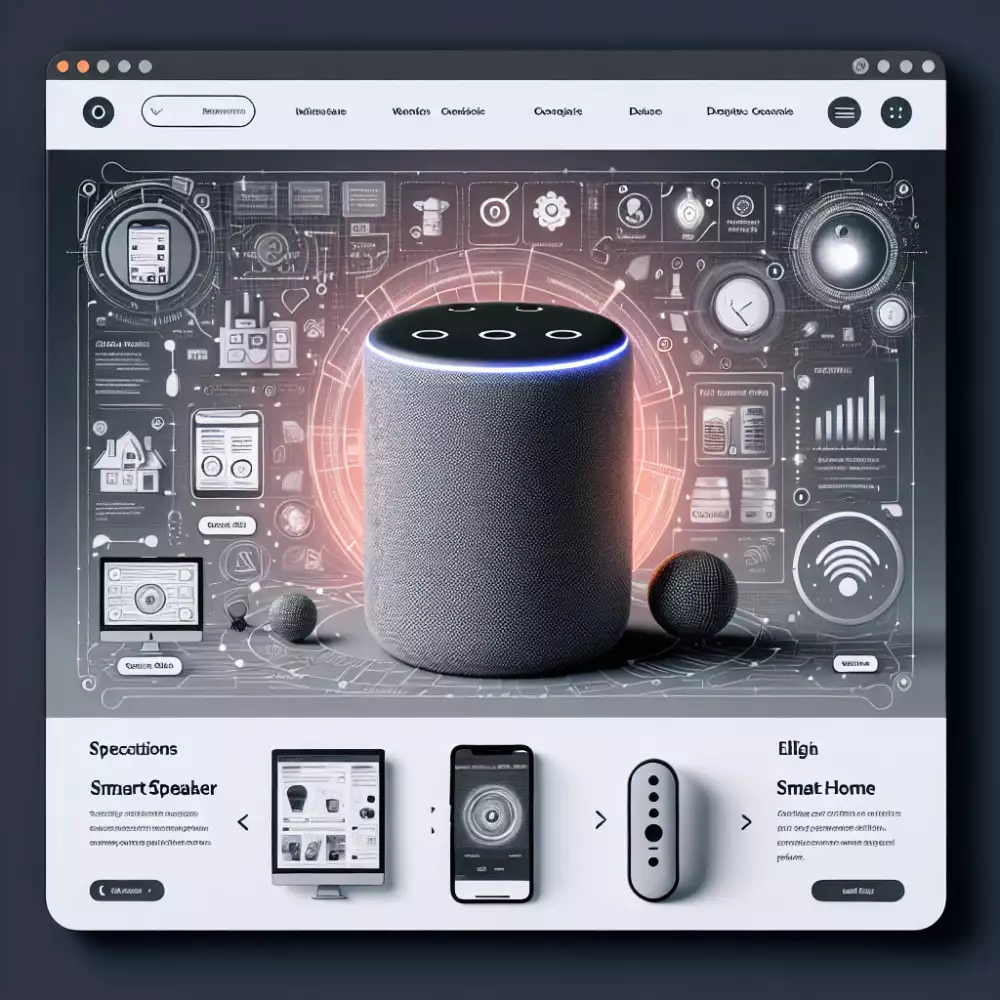
Google Assistant Integration
Google Home, powered by Google Assistant, seamlessly integrates with your life to make everyday tasks easier. Use voice commands to set alarms, create reminders, and manage your calendar, all hands-free. Need information? Just ask Google. Get instant answers to questions about weather, traffic, news, sports, and more. Control your smart home devices with ease. Use your voice to adjust the thermostat, turn lights on or off, and control compatible appliances, all through your Google Home speaker.
Enjoy entertainment tailored to your preferences. Stream music from popular services like YouTube Music, Spotify, and Pandora. Listen to audiobooks, podcasts, and radio. You can even cast content to your TV with Chromecast integration. Google Assistant on Google Home is always learning and evolving. As you use it more, it understands your preferences and routines better, providing a more personalized experience over time.
Third-Party App Support
Google Home's real strength lies in its impressive and constantly growing third-party app support. Google Home is compatible with a massive and diverse collection of apps and services, significantly expanding its functionality. You can control your smart home devices, from smart lights and thermostats to security cameras and appliances, using just your voice. Google Home seamlessly integrates with popular music streaming services like Spotify, YouTube Music, Pandora, and Deezer, allowing you to enjoy your favorite tunes throughout your home.
| Feature | Google Home Website (www.google.com/home) | Amazon Echo Website (www.amazon.com/echo) |
|---|---|---|
| Primary Purpose | Information and marketing for Google Home smart speakers and related products. | Information and marketing for Amazon Echo smart speakers and related products. |
| Product Comparison | Offers comparisons between different Google Home models. | Offers comparisons between different Amazon Echo models. |
| Smart Home Integration | Highlights Google Home's compatibility with various smart home devices and platforms. | Highlights Amazon Echo's compatibility with various smart home devices and platforms. |
Need to set a reminder, create a shopping list, or check the latest news? Google Home has you covered with support for apps like Google Keep, Any.do, Google Calendar, and various news providers. Ordering food or a ride is a breeze with integrations like Uber, Grubhub, and Domino's. The beauty of Google Home's third-party app support is its open ecosystem. Google consistently adds new apps and services, ensuring your smart home experience continually evolves and improves.
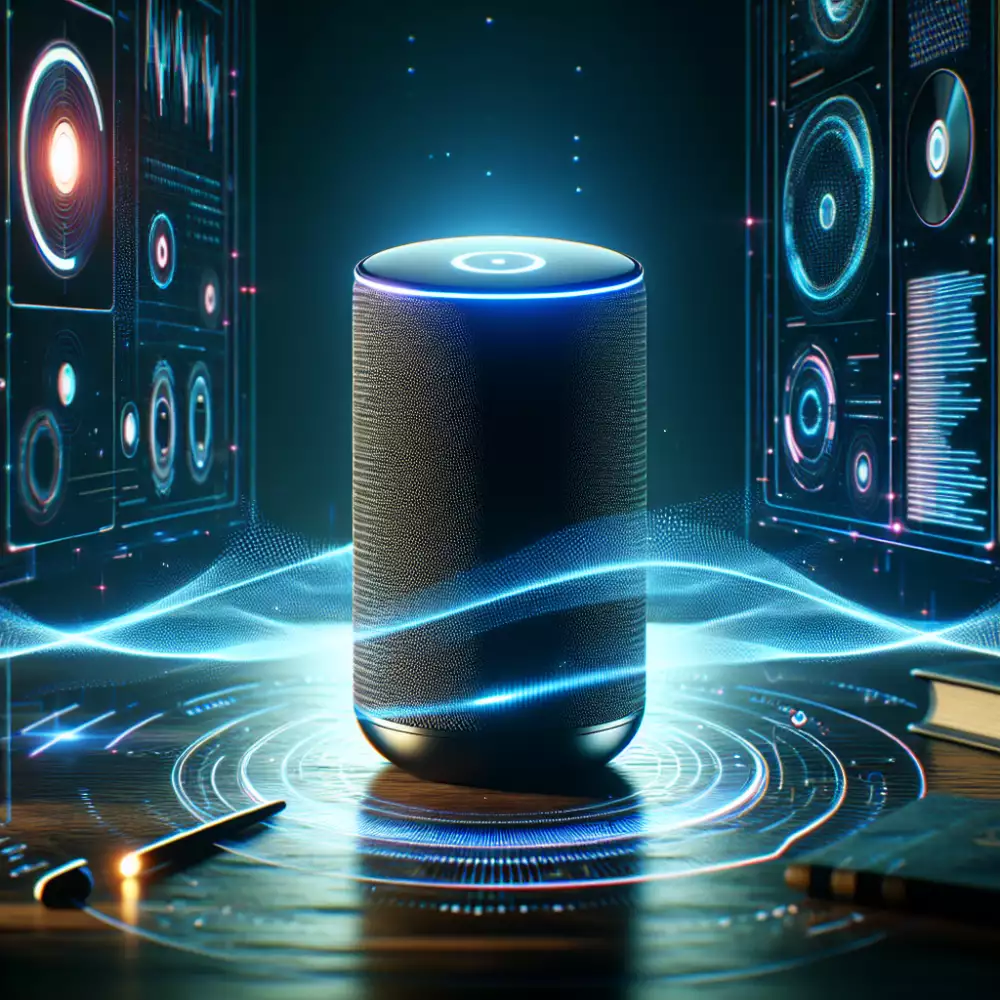
Privacy and Security Features
Google takes your privacy and the security of your Google Home seriously. Here are some key features and practices they use to help protect you:
Data Encryption: Google Home devices and the Google Home app use encryption to help protect your information as it travels between your device and Google’s servers.
Secure Boot and Updates: Google Home devices are designed to run only trusted software from Google. Automatic security updates help ensure your device has the latest protections.
Voice Recognition Privacy: When you speak to your Google Assistant on Google Home, your voice is sent to Google’s servers for processing. You can choose to delete your voice and audio activity data in your Google Account settings. You can also use a physical mute button on the device to turn off the microphone.
Guest Mode: If you want to use your Google Home without linking to your personal Google Account, you can enable Guest Mode. This allows others to use some features of your device without having access to your personal information.
Activity Controls: You have control over what activity data is saved to your Google Account. You can manage these settings, including voice and audio activity, device information, and more, through your Google Account privacy controls.
Two-Factor Authentication: Adding two-factor authentication to your Google Account provides an extra layer of security, making it harder for unauthorized users to access your account and data, including information associated with your Google Home.
Permissions: When setting up your Google Home and using various features, you’ll be asked to grant permissions. Review these permissions carefully and only grant access to the information and services you’re comfortable sharing.
Remember, it’s important to review and adjust your privacy settings in the Google Home app and your Google Account to align with your comfort level. Google provides resources and support articles to help you understand and manage your privacy choices.
Continuous Software Updates
Google Home, your smart speaker powered by Google Assistant, is constantly evolving thanks to continuous software updates. These updates occur automatically in the background, ensuring your device is always equipped with the latest features, improvements, and security patches. You don't have to lift a finger to benefit from these enhancements. Google's engineering team works tirelessly to bring you new functionalities, performance optimizations, and bug fixes. These updates may include enhancements to existing features, such as improved voice recognition for Google Assistant or expanded compatibility with smart home devices. Additionally, they often introduce brand-new features, like new voice commands, support for additional streaming services, or innovative ways to control your smart home. These updates are seamlessly delivered to your Google Home device, ensuring you always have access to the best possible experience.
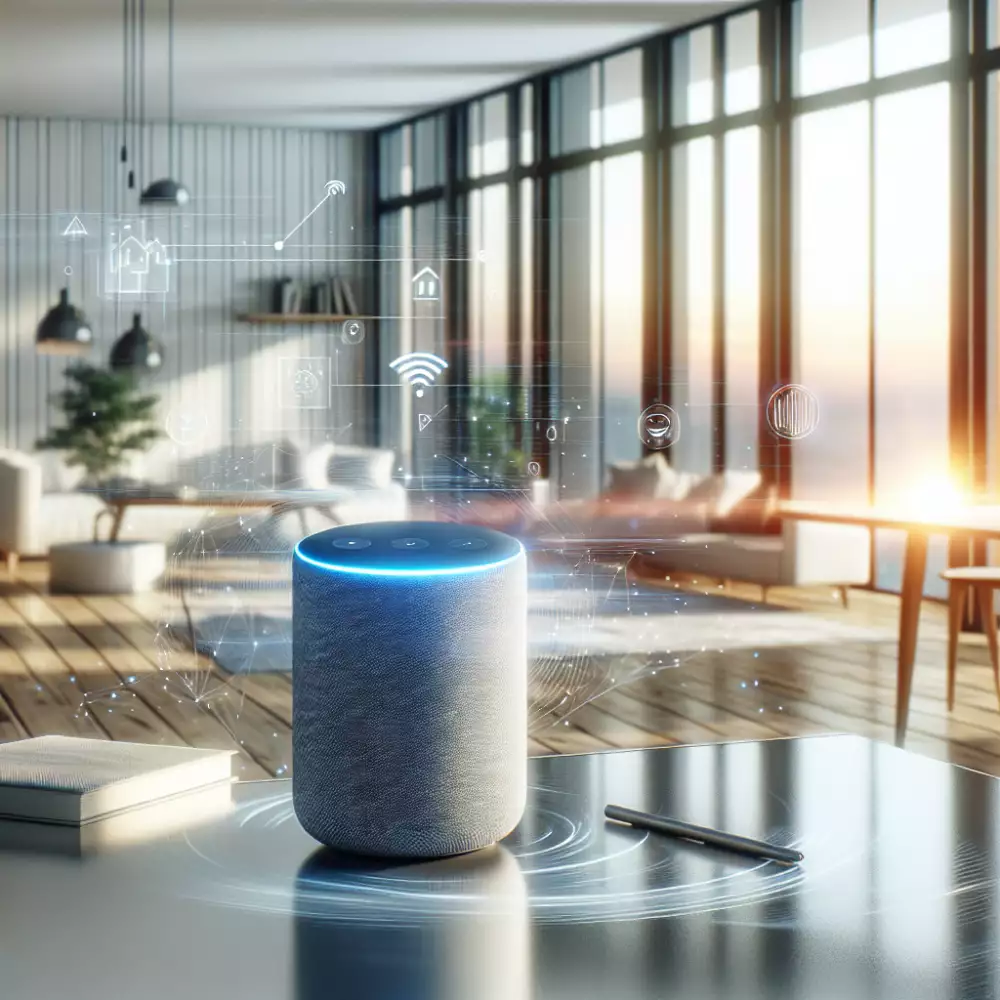
Accessibility Features
Google Home devices are designed with accessibility in mind, aiming to make technology accessible to everyone. These devices offer a range of features that cater to users with diverse needs.
For individuals with visual impairments, Google Home provides screen reader compatibility. Screen readers, such as TalkBack on Android and VoiceOver on iOS, can read aloud the text displayed on the Google Home app, allowing users to navigate menus, adjust settings, and control their devices.
Voice control is a central feature of Google Home, enabling users to interact with their devices without the need for touchscreens or physical buttons. Users can use voice commands to play music, set alarms, make calls, and control smart home devices. This hands-free functionality is particularly beneficial for people with mobility impairments.
Google Home supports multiple languages and accents, making it accessible to a wider audience. Users can change the language settings on their devices to match their preferences. This inclusivity ensures that individuals from diverse linguistic backgrounds can benefit from the convenience of voice-activated technology.
For users with hearing impairments, Google Home offers compatibility with hearing aids and cochlear implants. The devices use Bluetooth technology to connect to compatible assistive listening devices, providing a clearer and more amplified audio experience.
Google Home integrates with other accessibility services, such as Live Caption and Sound Amplifier. Live Caption, available on Android devices, provides real-time captions for audio playing on the device, including music and podcasts. Sound Amplifier, also on Android, enhances sound quality and reduces background noise, making it easier to hear conversations and media.
Google continues to improve the accessibility of its Home devices through software updates and new features. The company is committed to making its products accessible to everyone, regardless of their abilities.
A digital doorway to a smarter home, www.google.com/home puts the power of voice control at your fingertips.
Thaddeus Montgomery
Future of Google Home Technology
Google Home, the voice-activated smart speaker, continues to evolve at a rapid pace. With regular software updates and new features, the future of Google Home technology looks incredibly promising.
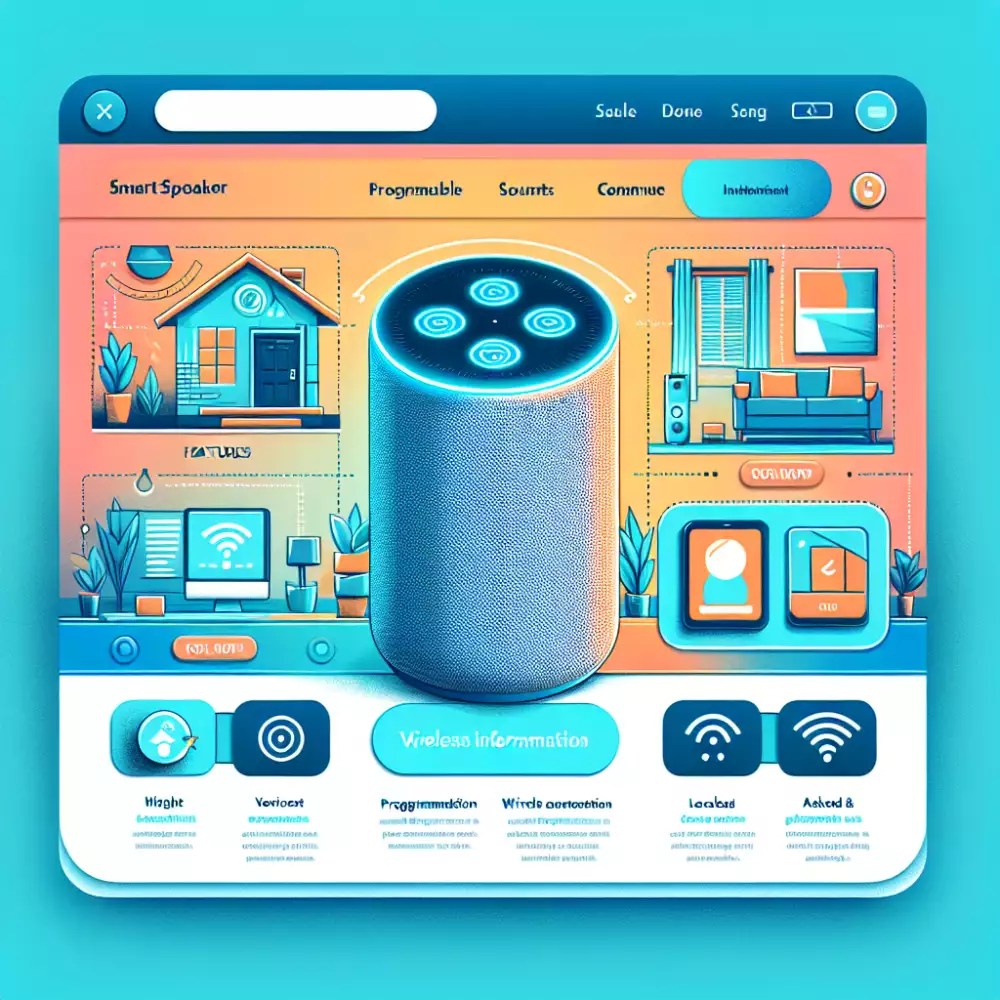
Expect to see even tighter integration with other smart home devices and platforms. This will create a more seamless and interconnected living experience, allowing users to control lighting, temperature, security, and more, all through voice commands.
Google is heavily invested in artificial intelligence (AI), and this will continue to be a major driving force behind Google Home's development. We can anticipate more natural and intuitive voice interactions, as well as personalized experiences tailored to individual users. Google Home will become better at understanding context, anticipating needs, and providing proactive assistance.
As voice technology improves, we can expect Google Home to play an even bigger role in areas like entertainment, communication, and information access. Imagine listening to personalized music recommendations, making hands-free video calls, or getting instant answers to complex questions, all through your Google Home device.
Privacy and security will remain top priorities for Google as they continue to develop Home technology. Expect to see ongoing advancements in areas like voice recognition, data encryption, and user control, ensuring that your personal information remains protected. The future of Google Home is bright, with the potential to revolutionize the way we interact with our homes and the world around us.
Publikováno: 17. 08. 2024
Kategorie: Technology



